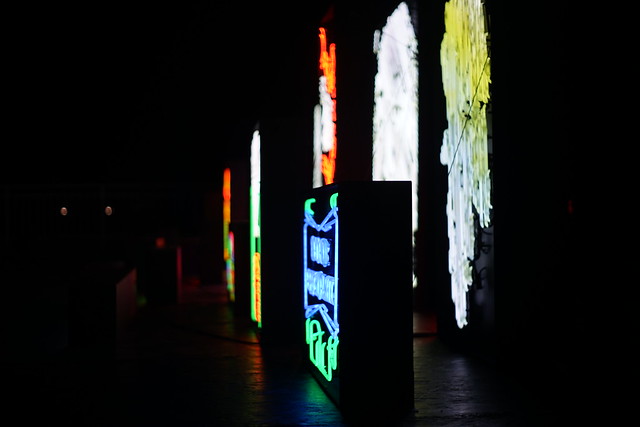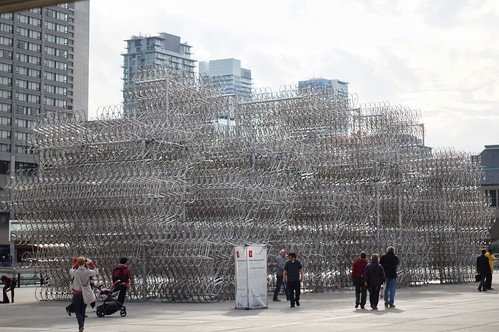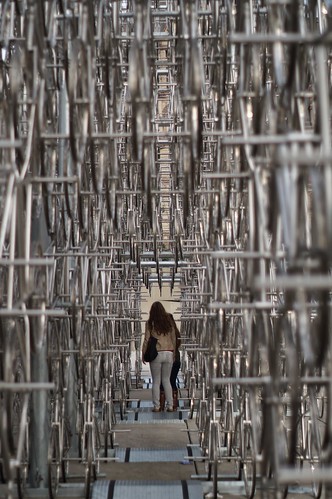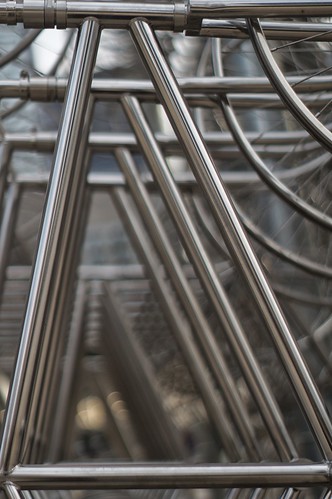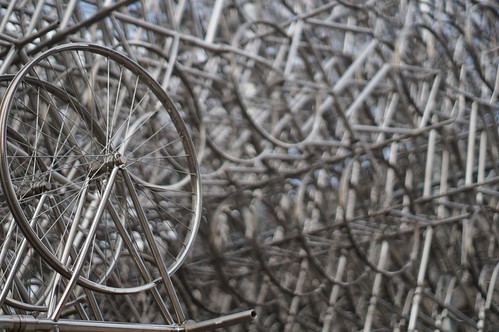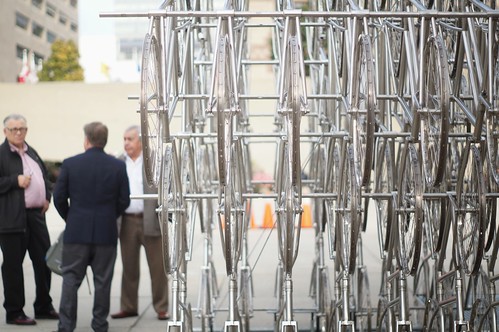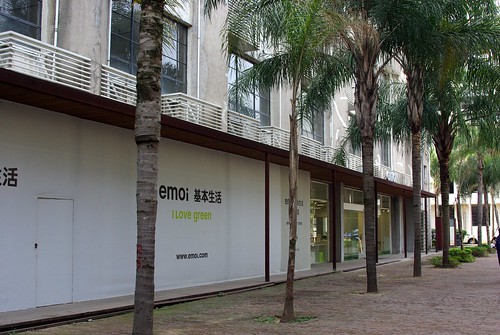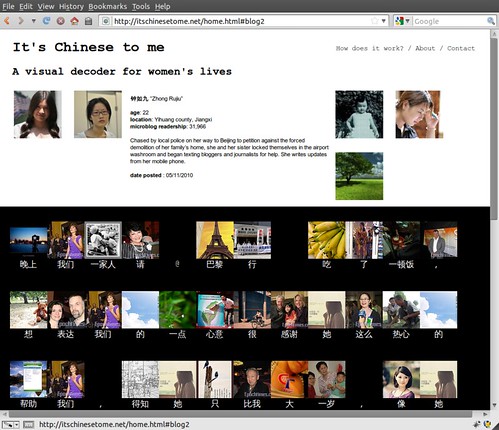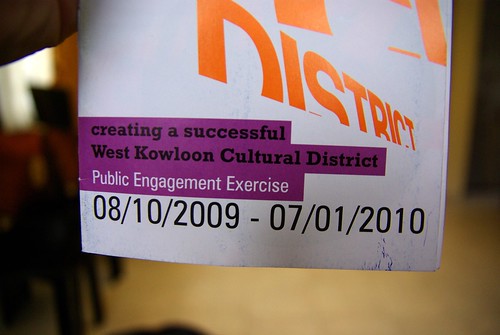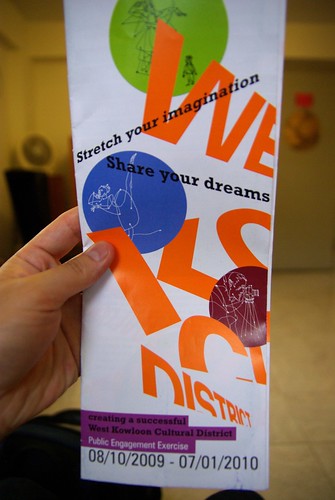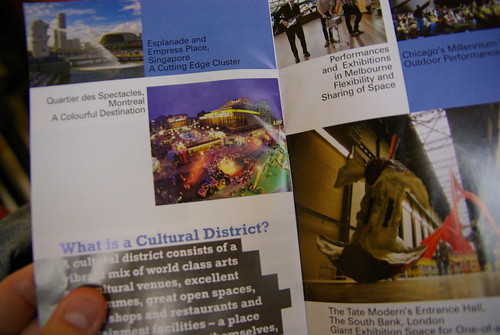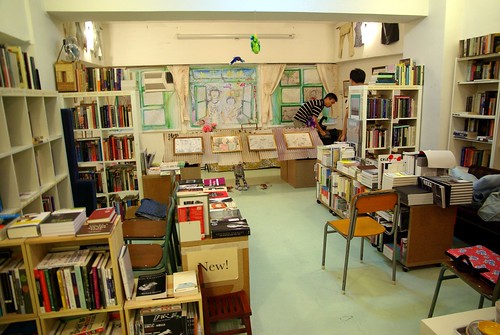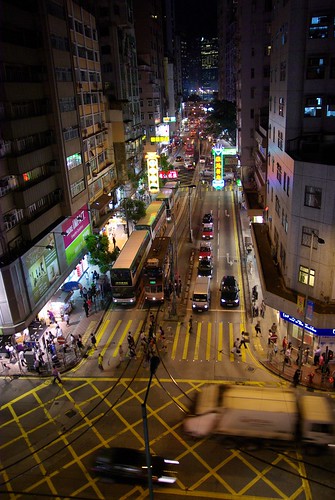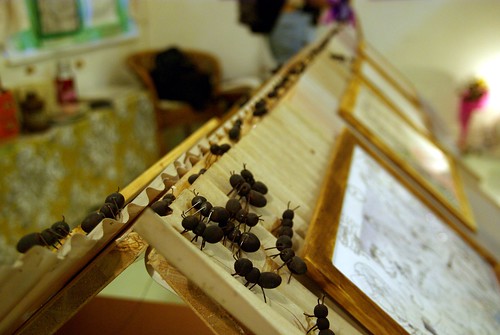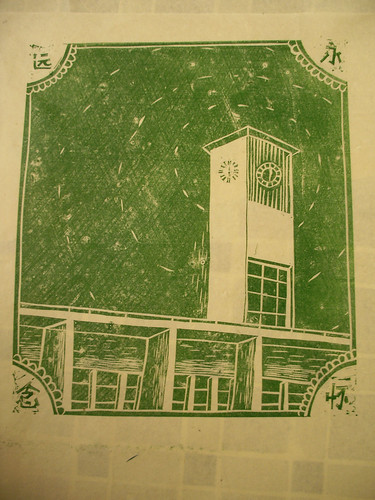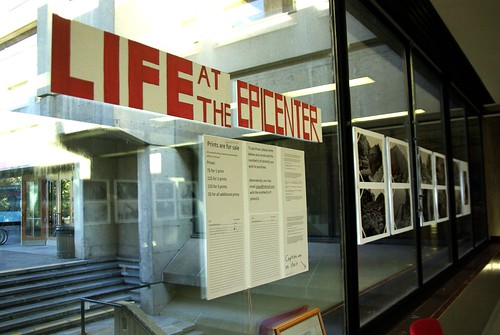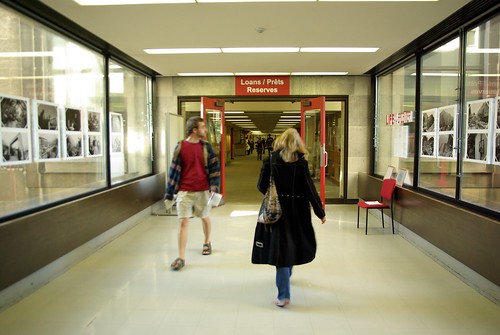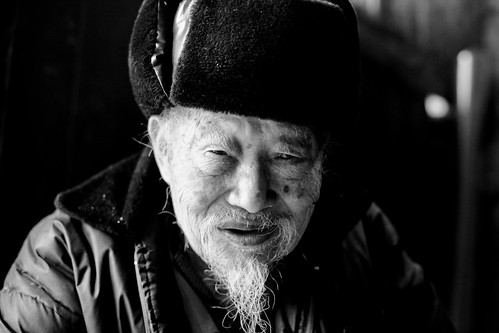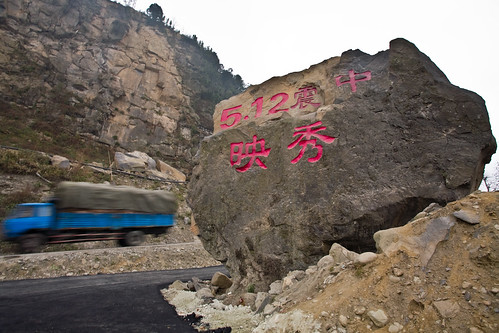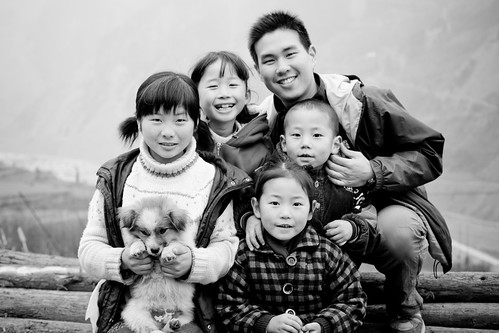
It was a gorgeous late spring day in New York this Sunday, so I decided to jump on my bike and head down to Chinatown for the 40th Festival for the Asian American and Pacific Islander Heritage Month.
I already missed yesterday’s opening of the #StarringJohnCho exhibit at Pearl River Mart, so decided I would not miss going there again, and added it to an expanding list of spots I needed to visit during my stroll.
Before going anywhere, I essentially took care of the essentials, first catching the last act of the festival, a choreography by the MoustacheCat Dance about the internment of Japanese Americans during World War II. Got a pre-summer haircut and did my Chinese groceries.



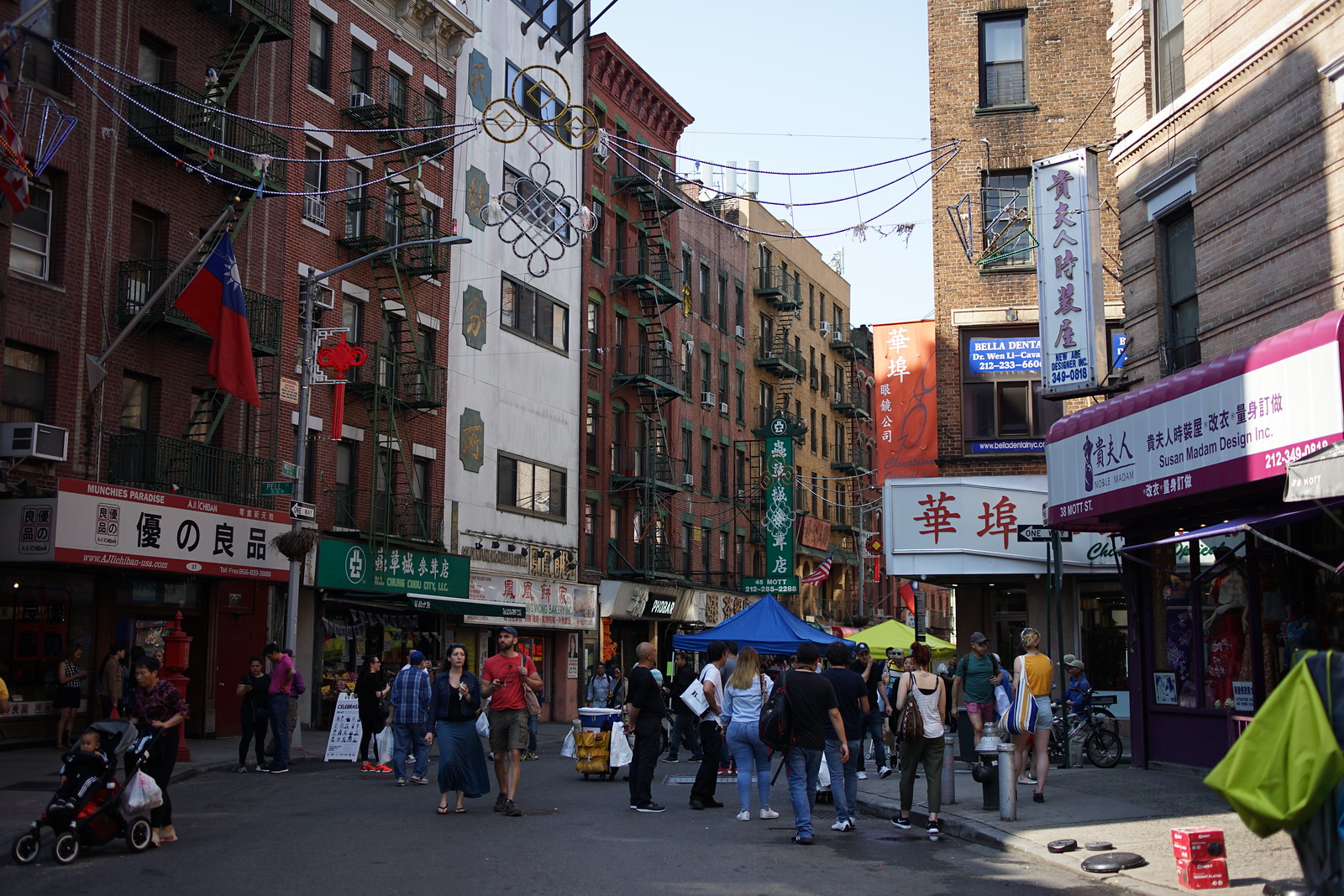

I thought, why is the Taiwan flag (probably more thought of as a Republic of China flag) so prominent in 2019? Maybe because this is Chinatown? (Like, in Montreal’s Chinatown, they still had a branch of the Kuomintang 10 years ago, perhaps just nominally related?)
I also stopped by Chinatown Fair, a video arcade that opened in the 40s and whose original incarnation existed until 2011, re-opened since under management. I don’t know any of that information first-hand, but I will return to Chinatown on Thursday to check out the screening of The Lost Arcade documentary on it, at MoCA ($15, at 6:30-8:30 p.m.).
After the supermarket run at Hong Kong Supermarket to replenish my stock of instant noodles and affordable veggies, I went to MoCA to check out the current exhibit. I saw that it was called Moon Represents My Heart, after the Teresa Teng song, thinking it would be something on the Taiwanese mother of Mandopop. In fact, it was a very personally interesting exhibit on music identify for hyphenated Chinese that I only had about 20 minutes to enjoy.
In my last years in Montreal, before moving to Hong Kong, I used to run a music show on the community radio about alternative styles of music sung in, primarily, Chinese languages (which I have mediocre control of). It was during that period that I found out about all sorts of Chinese rock bands under labels like Modernsky and Maybe Mars, twee pop Hong Kong bands like the now-defunct The Marshmallow Kisses or the still alive and kicking My Little Airport, or large music festivals in Taiwan dedicated to (more) independent music like Spring Scream.
So, definitely I would have to go back this summer. It’s on view until September 15.


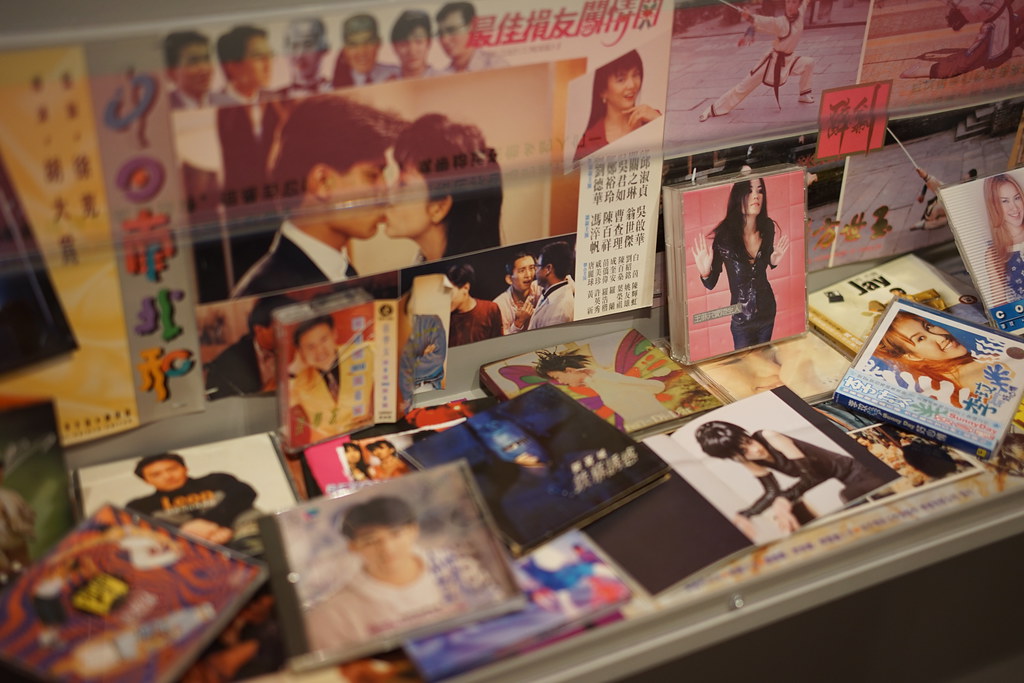

I found out bumping into a friend at MoCA that Banana Mag was launching its 5th edition, aka 005, on the same day. I think it was after that friend spotted my collection of Giant Robot that he spilled the beans about Banana, a beautifully-produced magazine with stylish photography and original reporting that include interviews with high-profile New York Asian American cultural figures, food recipes, discussions on cultural trends. They do share some common themes that take me back to the mid-2000s when I discovering my identity as an Asian-Canadian.
I also got my hands on an elusive copy of long-gone 001! Here’s the preview, of me flipping through pages with greasy with hot wings fingers:
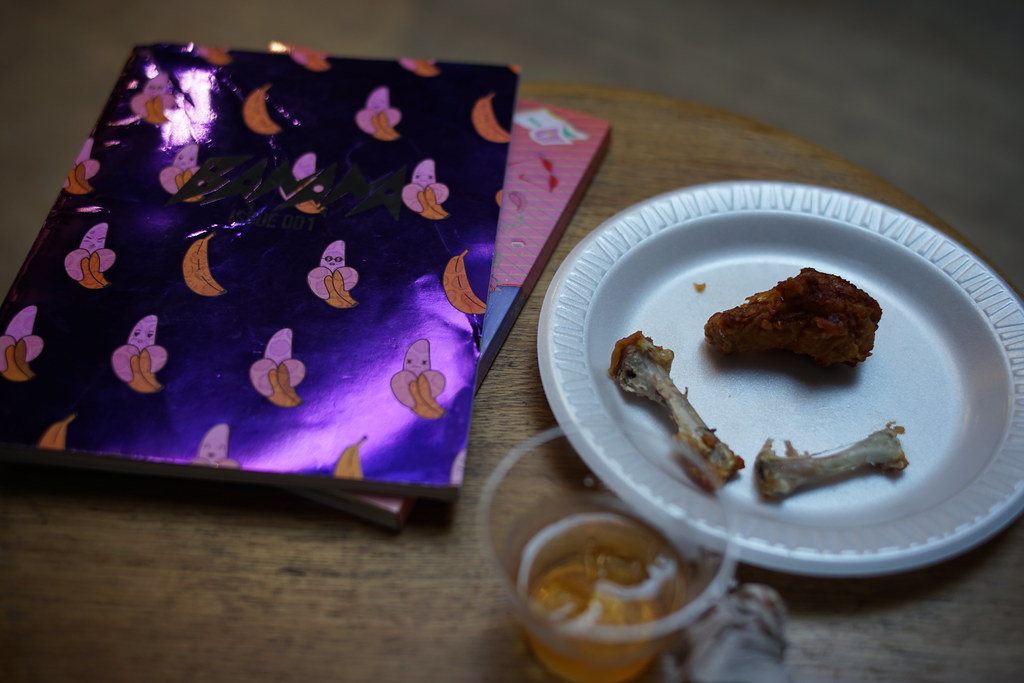
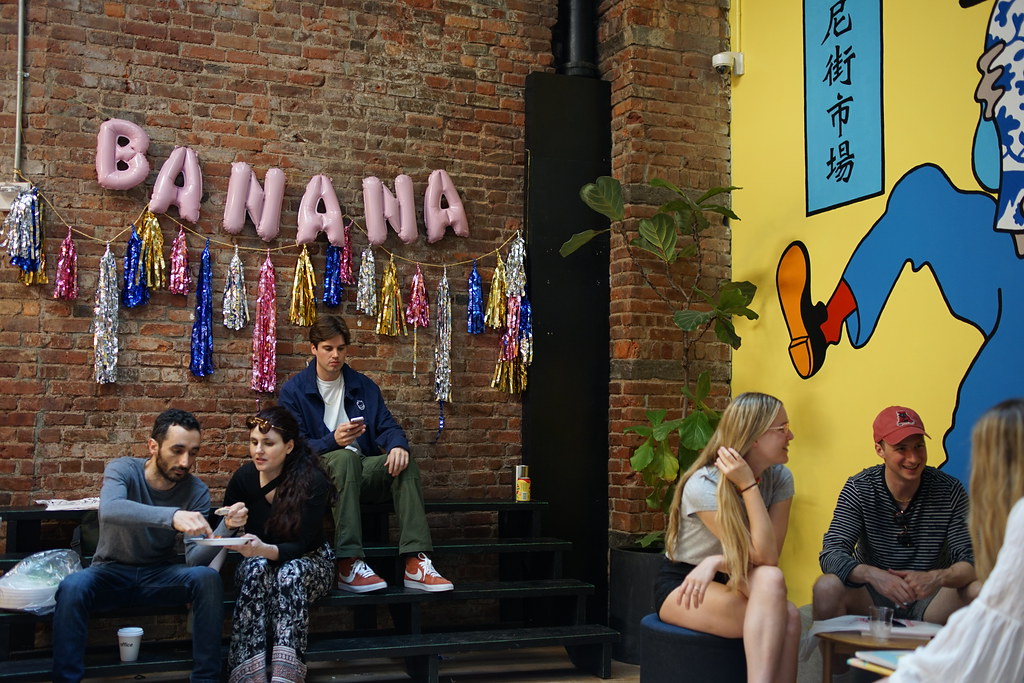
Next and last stop of the day would be the Pearl River Mart, the chinoiserie shop that re-opened on Broadway and Walker, on the Tribeca side of Chinatown, which now also hosts an art gallery for their artist-in-residence program, in the back mezzanine.
Worth seeing for yourself, if you’re in the area. The current exhibit is from William Yu, the artist-activist behind #StarringJohnCho. It’ll be on view until July 7.




